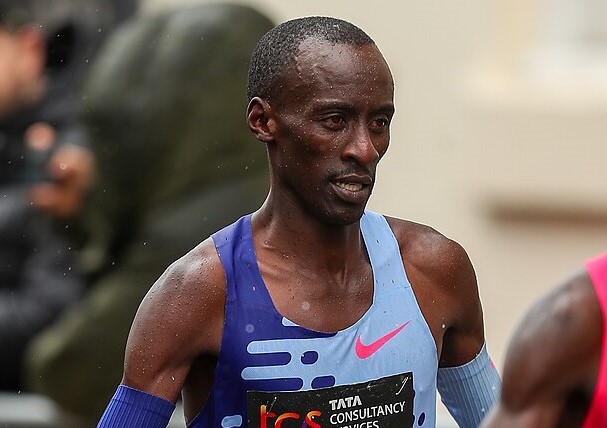When asked if they prefer watching men’s or women’s sports, many people often answer that “it depends.” When asked if they would rather watch men’s contact sports or women’s contact sports, almost all prefer watching men. Of course, men’s sports in this realm dominate the landscape.
“I think this is because it is way more popular, more broadcasted, and arguably more competitive,” senior Nolan Maxwell said.
Men’s sports are marketed to a significantly wider audience, which in turn helps to make them more popular. Marketing aside, what tends to draw people towards men’s sports is the physical competitiveness that women’s sports seem to lack.
Women’s contact sports often have rules that are significantly more restrictive than men’s contact sports. In fact, many of these rules limit in-game physical contact to the point where contact is not allowed at all.
One of the more popular contact sports that both sexes play is lacrosse. Even though the premise of the sport remains the same, rules completely change the way the game is played for men and women.
In boys lacrosse, players are required to wear a significant amount of padded protection and helmets in order to prevent injuries, since they are able to hit, push, and check each other with their sticks and bodies (within reason, of course). Goggles are the only protection female lacrosse players wear.
In women’s lacrosse, a “check to the body” is an immediate foul, or in significant cases, a card. Since players still hit each other with their sticks, fouls are called quite often and this stops the flow of play, making games difficult to watch for some.
“I would rather watch men’s sports because it is more exciting,” senior Nick Georger said.

It’s a common sentiment.
Men’s sports are considered more entertaining because they are allowed to hit, and push, and shove. Many hockey fans love the sport because of how physical it is. There is usually a fistfight at some point in men’s hockey. Female hockey players are not allowed to check or push very aggressively, which is a drawback for many.
Combine this with a lack of access and you have a problem.
“There are women’s pro football leagues, but I don’t have access to game replays and other resources,” senior Kyle Eagles said. “Due to that, I default to men’s sports.”
Sports media companies and brands in general tend to spend significantly less money on women’s sports compared to men’s. It’s simple marketing and economics.
Last summer, in order to watch the Olympic women’s field hockey games, fans either had to pay for extra subscriptions on the streaming service Peacock or wait for the games to be recorded and uploaded to YouTube.
This is an issue in the sports marketing industry. Women’s professional sport leagues do not receive the same amount of marketing and publicity as men’s leagues. CNBC found that television advertisers spent $244 million on women’s sports in 2024, compared to the $29.54 billion spent on men’s sports.
Sponsorships also seem to have a significant impact on the awareness of both men’s and women’s professional sport leagues. According to ParityNow, a company that encourages growth and awareness of women’s sports, female athletes only receive about 1 percent of global sponsorship dollars.
But it’s all symbiotic: If women’s sports are smaller, in fewer cities, and broadcast on smaller platforms — if at all — that means fewer dollars and fewer deals.
It is evolving, however. Even though most sports fans still prefer to watch men’s sports, especially contact sports, coverage of women’s sports has increased by 18.2% since 2022, according to PlayToday, a sports media coverage company.
Sarei Bareman, FIFA’s chief of women’s football, pointed to a surge of interest in the 2023 Women’s World Cup, which saw record crowds and record-breaking revenue, as encouraging signs for the future.
“For the next generation, young girls and boys, seeing this level of football in sold-out stadiums is normal,” she told CNBC.








